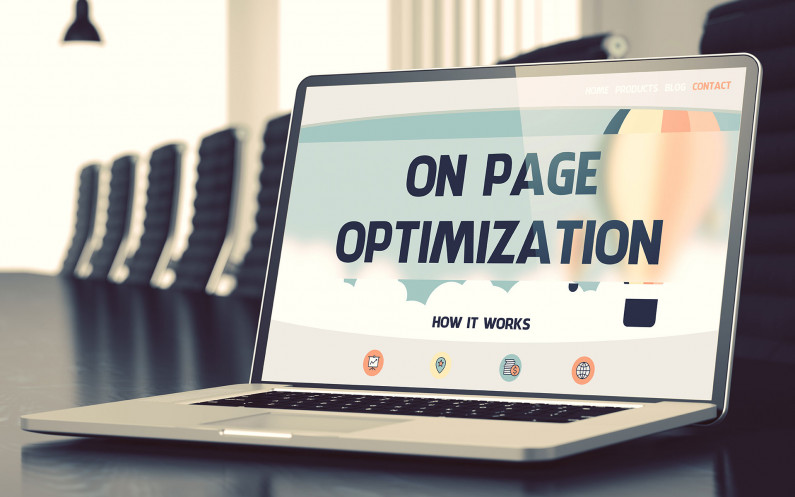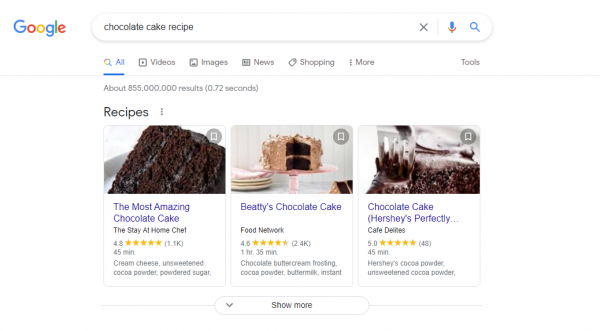
You need to optimize your pages for search engines to rank and attract new search traffic to your website. One of the ways this can be done is through on-page SEO. It’s called on-page SEO because the changes you make can be seen by visitors on your page. Other SEO strategies like off-page and technical SEO aren’t always visible.
Key Points:
- On-page SEO includes headers, title tag, meta description, URLs, internal linking, structured data, and optimizing images.
- On-page SEO combined with high quality content, and pillar pages is a great procedure for improving organic search success.
Why on-page SEO is important
On-page SEO is important for search engines because it helps them understand what your website is about, in order to rank your pages for relevant and specific search queries. Users will also enjoy the optimization that on-page SEO delivers as it brings them to the relevant content they’re looking for.
With the above in mind, let’s look at on-page SEO practices.
Headers & on-page SEO
Using headers, like the H1 tag, H2, H3 on your pages helps with SEO in a few different ways. For website visitors, headers create a hierarchical structure to your content and makes it easier for visitors to read your content. Headers allows visitors to quickly grasp content which improves the overall User Experience (UX). Headers also help search engines understand the contents of a page.
Some guidelines on Headers
- When adding headers to your pages be sure to use your keyword in your H1 and in at least one H2 header.
- Add long-tail keywords to some headers if possible as this can help you rank for those specific keywords.
Title tag & on-page SEO
The Title tag (along with meta description) play a big role in click-through Rate (CTR) meaning they influence whether a person clicks on a link in search results. The title tag is the larger, bold text displayed in search results. The meta description is located below the title.

Our home page title shown in the screenshot above at the time of writing this blog post is “Web Design and Development, Nova Scotia >> Webbuilders Group”. Our meta description is the text that starts with "Nova Scotia web design and web development...".
Some guidelines on writing Titles:
- Google typically displays the first 55-60 characters.
- Ensure your title contains your primary keyword, ideally at the beginning.
- Try to give each page on your website a unique title.
Meta description & on-page SEO
The meta description does not directly influence your ranking, but is critical to CTR. Well written meta descriptions can be the difference between getting a click and not.
Some guidelines on meta descriptions
- Keep your meta description to 155 characters.
- It should accurately describe your page. Think of it like an ad for your page enticing people to click.
URLs & on-page SEO
URLs help search engines and users understand what your page is all about.
Some guidelines on URLs
- Include your primary keyword in the URL.
- Try to include your keyword at the beginning of the URL.
- K.I.S.S Method: Keep a simple URL structure.
- Use-hyphens-between-words.
- Avoid using Session IDs in URLs.
- Consider using a robots.txt file to block search engines access to problematic URLs. Problematic URLs could be URLs generated from search results, or Calendars with recurring events.
Internal linking & on-page SEO
An Internal link is any link from one page on your website to another page on your website. Internal links help search engines understand the relationship between pages on your website. They also help users find and discover more content on your website.
Some guidelines on internal linking
- Include links to and from relevant pages on your website
- The anchor text of the link should be a target keyword or key phrase relevant to the page you're linking to.
Structured data & on-page SEO
Structured data is a standardized format for providing information about a page and classifying the page content. For example, on a recipe page this could be the ingredients, calories etc. Having structured data on your page makes it eligible for the search gallery as a rich result in Google.

Some Content Management Systems let you add structured data to your pages. If your CMS does not allow you to do this you may have to seek the help of a web developer to add structured data to your pages.
Optimizing images & on-page SEO
When it comes to optimization images for on-page SEO here are a few key guidelines to follow.
- Give your images descriptive file names with words separated by hyphens. The SilverStripe CMS and WordPress CMS automatically do this for you so no need to worry if you’re utilizing either of these systems.
- Optimize the file size. You want to make sure your file sizes are small while retaining the quality of the image. There are tools out there, like Kraken.io, that can do this for you. A CDN like Cloudflare can do this on-the-fly.
- Use quality alt tags. If it makes sense to include keywords, do so. Alt text helps search engines, and users with visual impairment understand what the image is.
Conclusion
Using the above on-page SEO strategies, combined with off-page and technical SEO strategies should help your pages rank better. Remember that SEO is an on-going effort that must be measured on a regular basis so you can understand what is and isn’t working for your site.
